Adaptive reuse is a growing trend in real estate development that involves repurposing old, often historic, buildings and giving them new life in a way that preserves their character while integrating modern functionality. Rather than demolishing older structures to make way for new developments, adaptive reuse allows developers to preserve valuable architectural elements while meeting the demands of contemporary lifestyles and businesses. In this comprehensive guide, we will explore the art of adaptive reuse, focusing on how developers can transform old buildings into modern real estate gems while overcoming challenges and maximizing value.
1. Introduction to Adaptive Reuse in Real Estate
Adaptive reuse is a sustainable and creative approach to real estate development, offering a second life to buildings that may otherwise be left unused or torn down. This section will introduce the concept of adaptive reuse, why it is becoming increasingly popular, and how it differs from traditional development methods. We’ll also touch on the cultural and economic benefits of giving old buildings a new purpose.
- What is Adaptive Reuse?: Defining adaptive reuse and its benefits for developers and communities.
- Why Adaptive Reuse is Gaining Popularity: Exploring the sustainability, economic, and cultural reasons behind the growing interest in adaptive reuse projects.
- The Role of History in Development: How historical buildings contribute to a city’s cultural heritage and identity.
2. Types of Buildings Suitable for Adaptive Reuse
Not all buildings are ideal candidates for adaptive reuse. This section will discuss the various types of properties that are commonly repurposed for modern use, such as industrial buildings, warehouses, churches, schools, and even old hospitals. We will also discuss how to assess whether a building is suitable for adaptive reuse.
- Industrial and Commercial Buildings: How former factories, warehouses, and industrial spaces can be transformed into residential, retail, or office spaces.
- Historical Buildings: The unique challenges and rewards of repurposing historically significant buildings.
- Civic and Religious Buildings: Adapting churches, schools, and government buildings into community spaces, apartments, or businesses.
- Contemporary Buildings for Adaptive Reuse: Repurposing more recent structures for new uses, such as office buildings turned into luxury apartments.
3. The Design and Planning Process for Adaptive Reuse
Repurposing a building requires careful design and planning to ensure that the building’s historic features are preserved while accommodating modern needs. In this section, we will explore how to approach the design process, from conceptualization to working with architects and planners to meet building codes, zoning laws, and other regulatory requirements.
- Understanding the Building’s Architecture: How to assess and preserve key architectural elements of the original structure.
- Planning for Modern Functionality: Incorporating modern amenities and infrastructure while respecting the building’s history.
- Balancing Preservation with Innovation: How to integrate new design elements without sacrificing the building’s historic charm.
- Zoning and Permits: Navigating the complexities of zoning laws, historical preservation rules, and building permits for adaptive reuse projects.
4. Challenges and Opportunities in Adaptive Reuse
While adaptive reuse can provide numerous benefits, it also comes with its own set of challenges. This section will examine the common obstacles developers face during adaptive reuse projects, including structural issues, compliance with modern codes, and the financial aspects of repurposing a building.
- Structural Challenges: How to assess and overcome issues with the building’s foundation, load-bearing capacity, and outdated systems.
- Code Compliance: Understanding modern building codes and how to retrofit a historical building to meet these standards.
- Environmental Considerations: How adaptive reuse contributes to sustainability by reducing waste and preserving resources.
- Cost Considerations: Evaluating the costs of adaptive reuse, including design, construction, and unforeseen expenses, and how to manage the financial challenges.
5. Financing Adaptive Reuse Projects
Financing an adaptive reuse project can be more complicated than financing new construction due to the additional challenges and costs. This section will cover the financial aspects of adaptive reuse, including potential funding sources, financial models, and incentives that can help offset the costs of repurposing old buildings.
- Funding Sources: Exploring different financing options for adaptive reuse, including traditional bank loans, private investors, and government incentives.
- Tax Incentives and Grants: How historic tax credits and grants can help reduce the financial burden of adaptive reuse projects.
- Cost vs. Value: Understanding how to balance initial costs with long-term returns, including increased property value and potential tax savings.
- Budgeting for Unforeseen Costs: How to prepare for unexpected costs in an adaptive reuse project and ensure the project stays within budget.
6. Case Studies: Successful Adaptive Reuse Projects
This section will provide real-life examples of adaptive reuse projects that have successfully transformed old buildings into modern real estate gems. By examining case studies, readers will gain a deeper understanding of the strategies used and the outcomes of these projects.
- Case Study 1: Transforming a Factory into Loft Apartments: How a former industrial factory was converted into modern, high-end loft apartments.
- Case Study 2: Revitalizing a Historic Church: The challenges and rewards of repurposing an old church into a community center or residential space.
- Case Study 3: Converting Warehouses into Creative Office Spaces: A look at how old warehouses have been turned into trendy offices for creative industries.
- Case Study 4: Retail Space from a Former School Building: How a historic school was transformed into a vibrant retail center, preserving the building’s legacy while serving a modern function.
7. The Role of Sustainability in Adaptive Reuse
One of the primary advantages of adaptive reuse is its positive impact on sustainability. This section will discuss how adaptive reuse projects can contribute to green building practices, including reducing waste, conserving energy, and creating eco-friendly living or working spaces.
- Reducing Construction Waste: How adaptive reuse minimizes the environmental impact by reusing materials and existing structures.
- Energy Efficiency: How to integrate modern, energy-efficient systems into older buildings.
- LEED Certification for Adaptive Reuse: Achieving sustainability certifications and how adaptive reuse can align with green building standards.
- Eco-Friendly Design: The role of sustainable building materials, energy-efficient windows, and HVAC systems in adaptive reuse projects.
8. Marketing and Selling Adaptive Reuse Properties
Marketing an adaptive reuse property requires a unique approach that highlights its character and history while also showcasing its modern amenities. This section will provide insights into how to market adaptive reuse properties effectively to attract potential buyers or tenants.
- Positioning the Property: How to brand the property as a unique, high-value space that blends history with modern living.
- Target Audience: Identifying the ideal tenants or buyers for adaptive reuse properties, including millennials, eco-conscious buyers, and businesses seeking character-filled spaces.
- Promoting Historic Charm: How to emphasize the historical elements of the building and tell its story to appeal to potential residents or business owners.
- Using Technology: The role of virtual tours, social media, and digital marketing in showcasing adaptive reuse properties.
9. Legal Considerations for Adaptive Reuse
Adaptive reuse projects often involve working with historic buildings, which means there are additional legal considerations to keep in mind. This section covers the key legal issues that developers must address when undertaking adaptive reuse projects.
- Historical Preservation Laws: Understanding the legal restrictions that apply to historic properties and how to navigate them.
- Zoning and Land Use: How to address zoning changes and land-use permits that may be required for adaptive reuse.
- Liability and Risk Management: Identifying potential risks and legal challenges in adaptive reuse projects and how to manage them.
10. Conclusion: The Future of Adaptive Reuse
The conclusion will reflect on the growing trend of adaptive reuse in the real estate industry, highlighting the potential for this approach to continue shaping the future of urban development. As cities strive for sustainability and efficient land use, adaptive reuse offers a solution that blends the old with the new, creating vibrant and innovative communities.
- Trends in Adaptive Reuse: How the demand for adaptive reuse is likely to grow in the future, especially in urban areas with limited space.
- Opportunities for Developers: How developers can capitalize on the growing popularity of adaptive reuse projects.
- The Impact of Adaptive Reuse on Communities: How adaptive reuse contributes to the revitalization of neighborhoods and the preservation of cultural heritage.











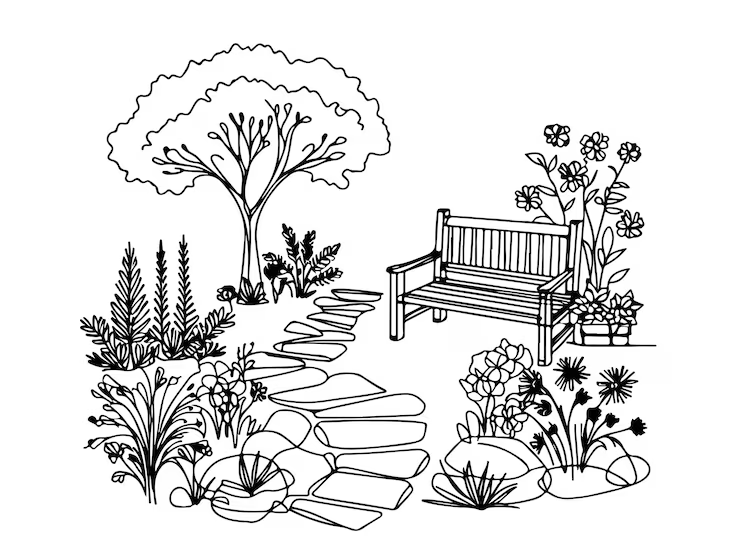




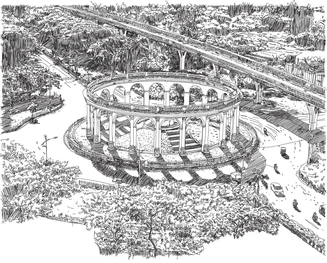
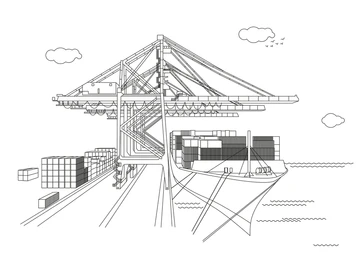
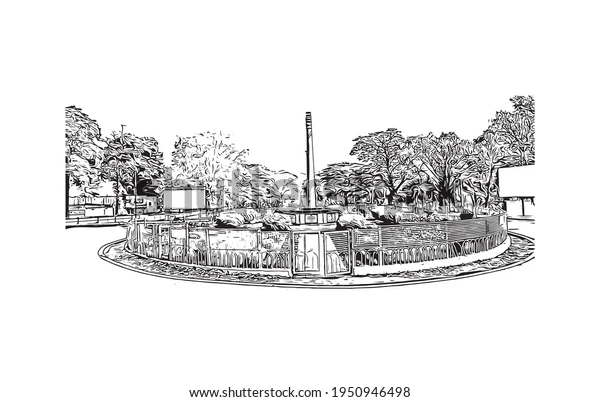


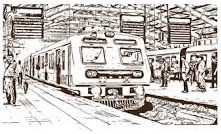
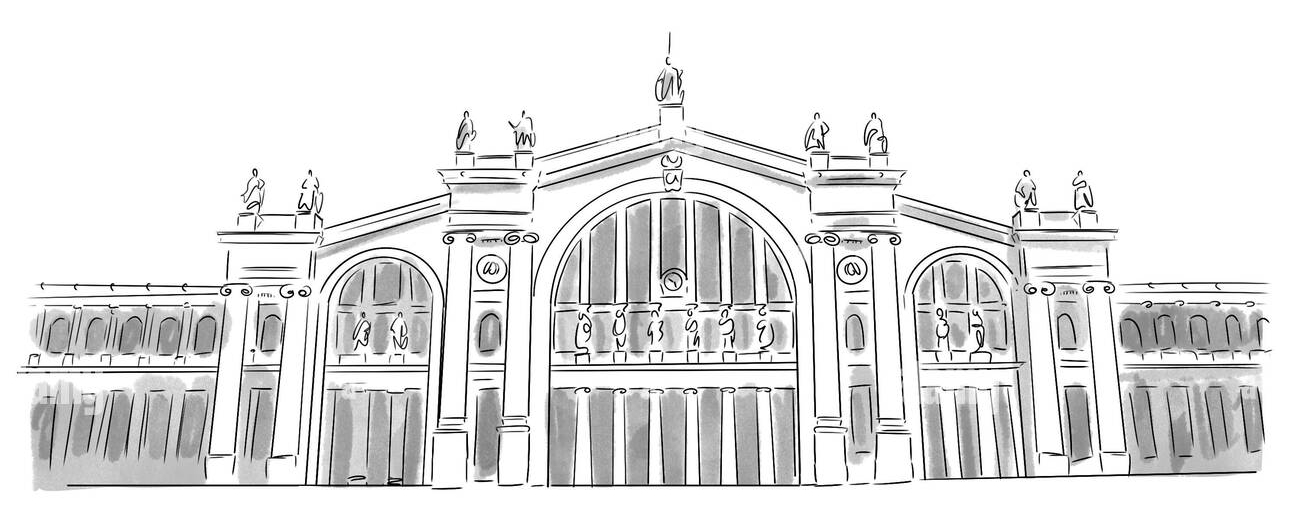

Join The Discussion